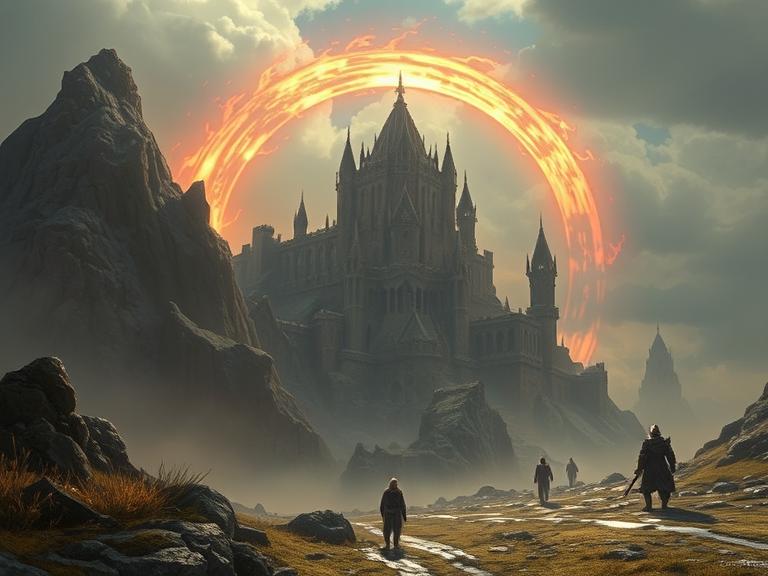When FromSoftware released Elden Ring in early 2022, the gaming world was changed forever. Blending the punishing combat mechanics the studio is known for with a sprawling open-world environment was a bold step — and it paid off spectacularly. Unlike the compact, claustrophobic worlds of Dark Souls or Bloodborne, Elden Ring gave players unprecedented freedom to explore a richly detailed landscape, teeming with secrets, side quests, and terrifying foes.
What sets Elden Ring apart is its world design philosophy. Instead of relying heavily on map markers and quest logs, the game encourages organic exploration. Every ruined castle, shadowy forest, and mist-covered valley feels like a place that could hide untold mysteries — and usually does. Players are rewarded not just with loot, but with a sense of wonder and accomplishment rarely found in open-world games.
FromSoftware’s collaboration with George R. R. Martin for the lore and world-building added even more depth. The faded grandeur of The Lands Between speaks to a tragic history that players slowly piece together through environmental storytelling and fragmented lore. This hands-off narrative approach invites deep engagement from players willing to search for clues.
Elden Ring set a new standard for open-world RPGs, influencing both indie and AAA studios alike. It’s not just an evolution of the Souls formula — it’s a revolutionary design blueprint that future titles will struggle to surpass.
